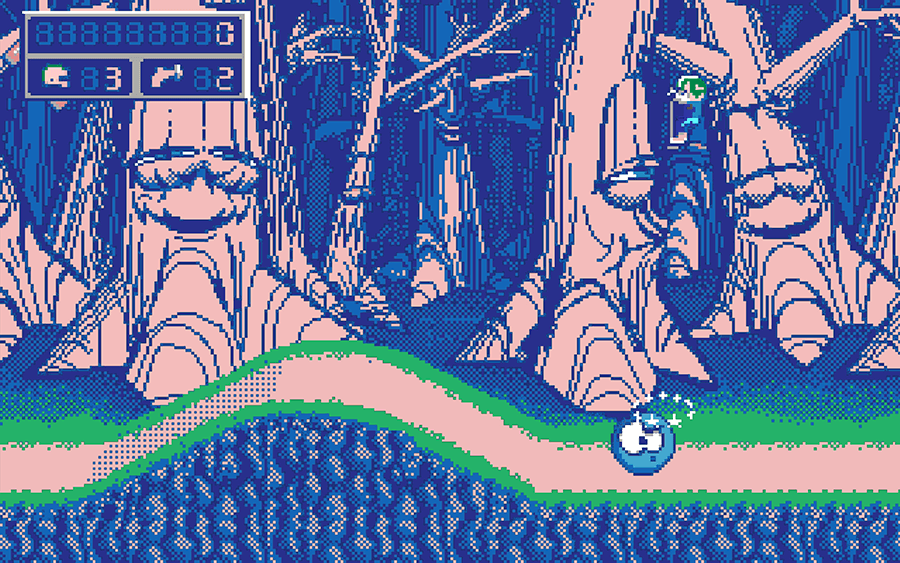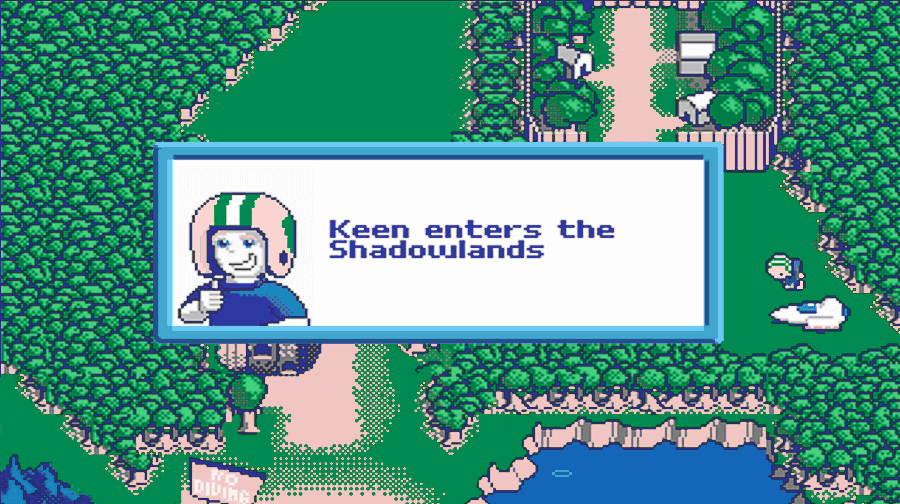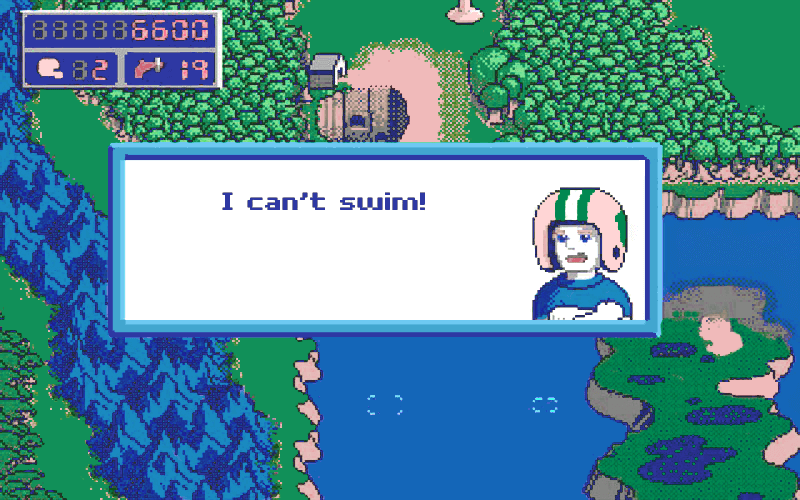Some people wonder why Asperger syndrome/high-functioning autism isn’t acknowledged by the DSM-5. But in a sense, it is, although it no longer goes by these terms.
Levels
The DSM-5 presents three categories of autism based on the extent of required support—referred to as levels.
Because we are talking about levels, what comes to mind are games. Let’s play a video game called DSM-5.
Level 1
Requiring support

Level difficulty: easy-peasy
- Doesn’t know what the game is about — Challenges with social communication.
- Difficulty approaching enemies — Difficulty initiating social interactions.
- Disinterest in playing the level — May appear to have decreased interest in social interactions.
- An okay player — Speaks coherently but may nevertheless fail in communication.
- Only plays single-player — Attempts to make friends are odd and typically unsuccessful.
- Only runs in one direction — Rituals and repetitive behaviors cause significant interference with functioning in one or more contexts.
- Eager to finish the level — Resists attempts by others to interrupt repetitive behaviors or to be redirected from fixated interests.
Level 2
Requiring substantial support

Level difficulty: medium
- Not sure how to play the game — Difficulties with verbal and nonverbal social communication.
- Can’t play without walk-throughs — Obvious social impairments even with support.
- Limited gameplay — Limited initiation of social interactions.
- Doesn’t play the game correctly — Reduced or abnormal responses to social overtures from others.
- Plays a different game — Speaks with simple sentences, and has markedly odd nonverbal communication.
- Plays only one game — Interaction is limited to narrow special interests.
- Strange strategies — Repetitive behaviors, preoccupations or passionate interests appear often enough to be apparent to the casual observer, and that interfere with functioning in many contexts.
- Frustrated about gameplay — Distress or frustration is apparent when repetitive behaviors are interrupted.
- Plays by their own rules — Difficult to redirect from fixated interests.
Level 3
Requiring very substantial support

Level difficulty: hard
- Difficulty playing level — Severe deficits in nonverbal and verbal communication skills cause severe impairments in functioning.
- Doesn’t want to play — Very limited social interaction inititiation and minimal response to social overtures from others.
- Plays slowly — Uses few words of intelligible speech.
- Rarely fights enemies — Rarely initiates interaction and, when they do, make unusual approaches to meet their needs only, and responds to only direct social approaches.
- Plays their own game —Preoccupations, passions, repetitive behaviors and/or fixated rituals markedly interfere with functioning in all contexts.
- Can’t handle interruptions — Marked distress when rituals or routines are interrupted.
- In their own world — Returns to their fixated interest quickly and very difficult to redirect.
Levels of support
So you see, the three levels correspond to what the research literature used to refer to as high-functioning, medium-functioning, and low-functioning autism respectively.
It should be noted, however, that particularly when associations with video games come up, these “levels” may be interpreted as different levels of difficulty with living life, and consequent levels of required support. But even those diagnosed as ASD level 1 (formerly Asperger syndrome, high-functioning autism, and PDD-NOS) may require substantial support at times in their lives. I know I have.
Moreover, the three levels probably have little bearing on the quality of life of autistic people. For example, someone who requires substantial support could very well live a happier life if their needs are met, whereas a so-called “high-functioning” autistic may be thrown in the deep end; functioning enough to possibly even escape diagnosis, but not well enough equipped to deal with life, and lacking societal support.
Hard-knock life
It seems regardless of whether we speak of different levels of required support or different levels of functioning, it is impossible to fit everyone into any discrete categories. Autism is a lot more complex and diverse than that, and so any model—especially ones with only three categories—are inherently reductionistic.
Based on the descriptions listed above, I am basically level 1, although at times in terms of support required I would veer into level 2. Even though I function reasonably well, and have quite a diverse skillset, I still require help at times with filling in forms, making appointments, dealing with government agencies, cooking, and so forth. My quality of life has dramatically increased since I moved in with Natalie, but societal and internal pressures can weigh heavily on even the autistic “noobs” who cannot get past level 1.
Comments
Let us know what you think!